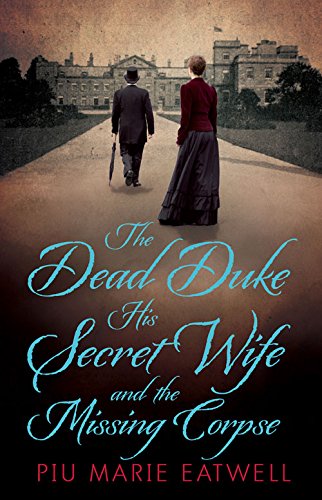

In addition to investigating the main case whether or not T.C.

In spite of delving into what could be the rather dry world of the English legal system, the author keeps the plot mostly moving at a brisk pace. The various suits filed, innumerable motions granted and denied, and multiple hearings involved a large number of people as more relatives and witnesses (real and counterfeit) appeared on the scene to contest the actions of one party or another, and the ordeal impacted the fortunes of many individuals before it was finally resolved in 1908. The book deftly explains all the ins and outs of the litigation, leading readers through what could be a long series of very confusing legal proceedings.

Druce and the Duke, both of whom were rather eccentric. This seemingly open-and-shut case became immensely complicated as it rolled through England's legal system, particularly as more information was revealed about the lives of both T.C. So begins the labyrinthine mystery that author Piu Marie Eatwell unravels in her impeccably researched nonfiction book, The Dead Duke, His Secret Wife, and the Missing Corpse.Įatwell is remarkably adept at helping her readers keep track of this cast of characters and their motivations. She stated she had proof that the man was not who he'd claimed to be, that he was in fact William John Cavendish-Bentinck-Scott, 5th Duke of Portland, that he had faked his own death, and that the coffin was empty. Druce, who had supposedly died 24 years previously. Anna Maria Druce approached the London Ecclesiastical Court with a highly unusual request: She asked that the court permit the exhumation of her father-in-law T.C. A nineteenth-century legal drama unfolds with exciting twists and flourishes in this nonfiction page-turner.


 0 kommentar(er)
0 kommentar(er)
